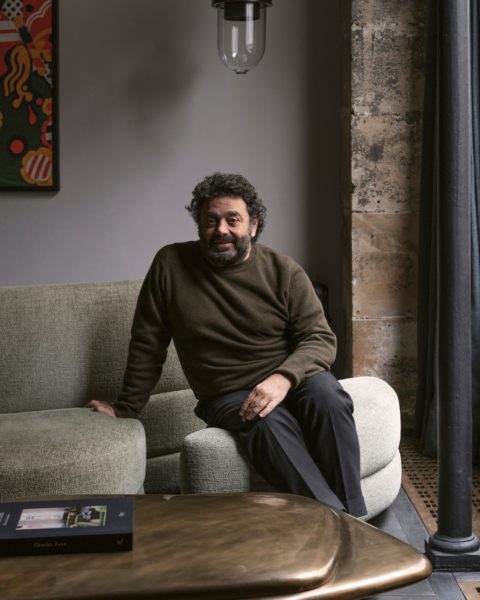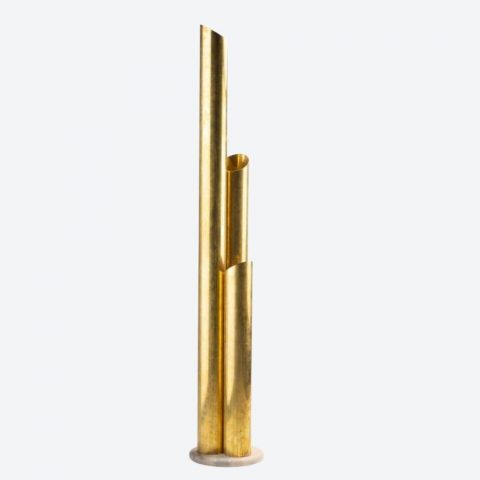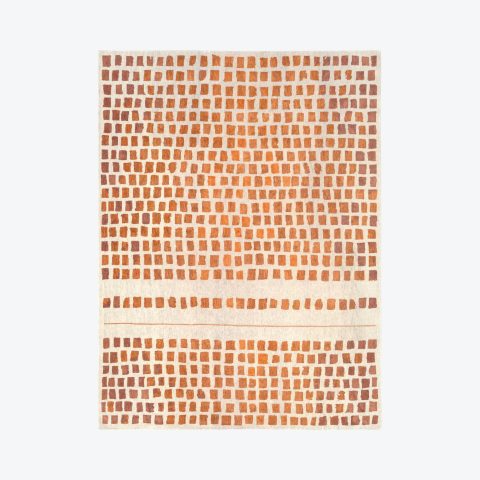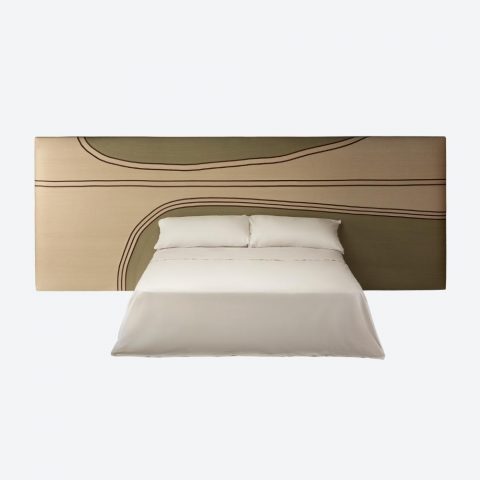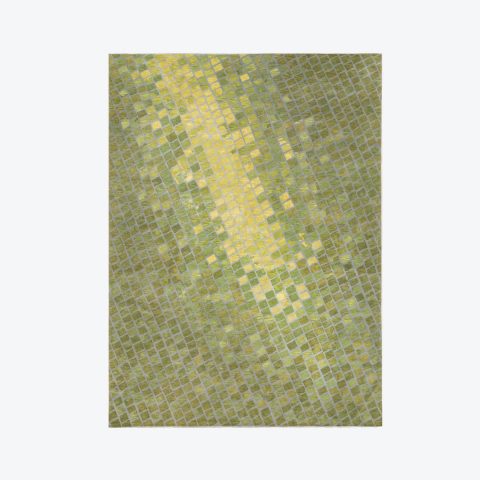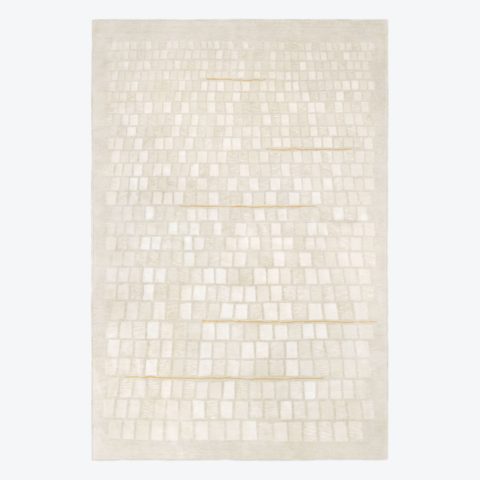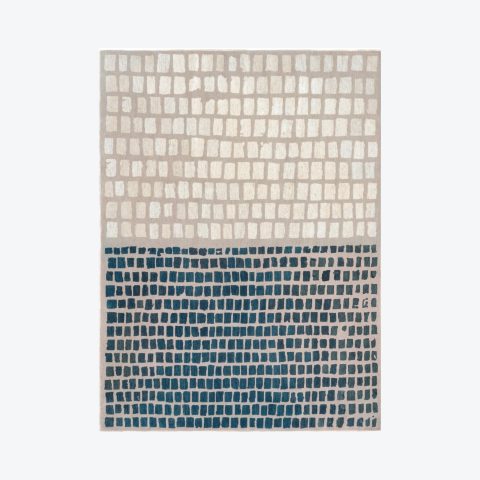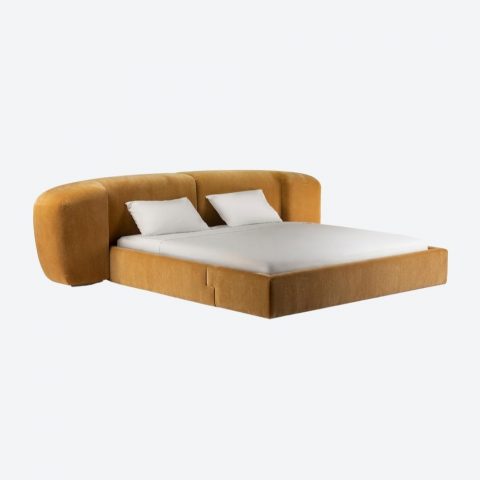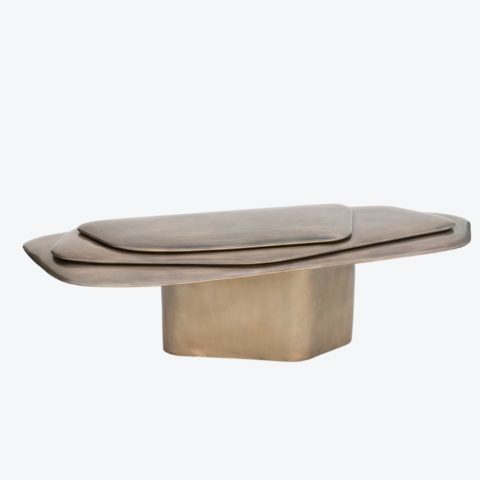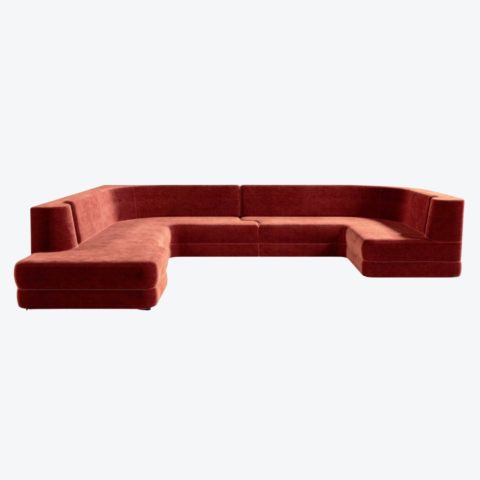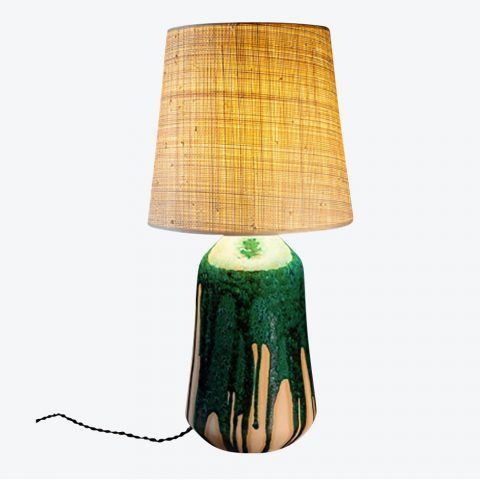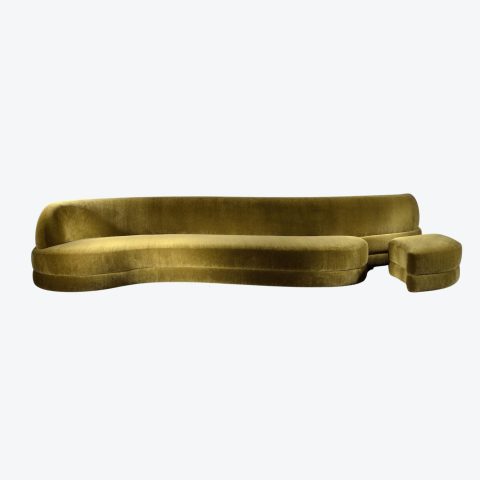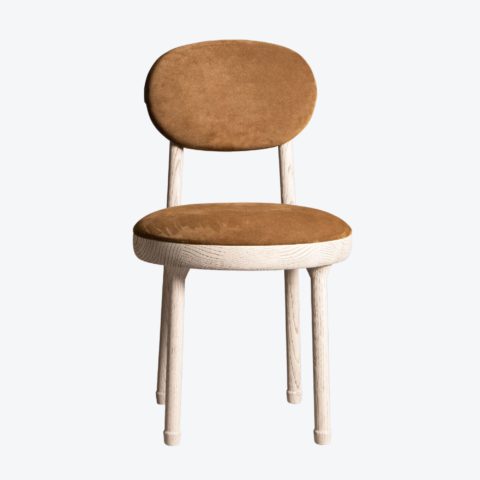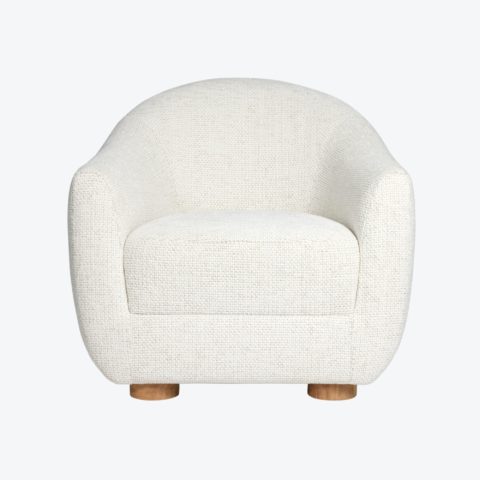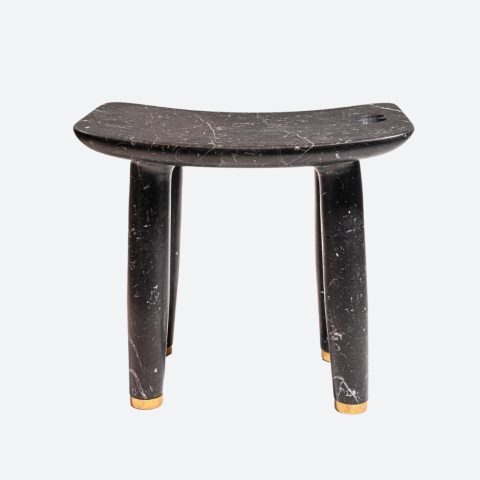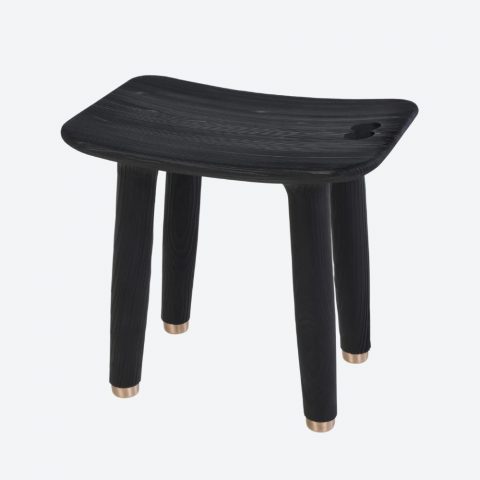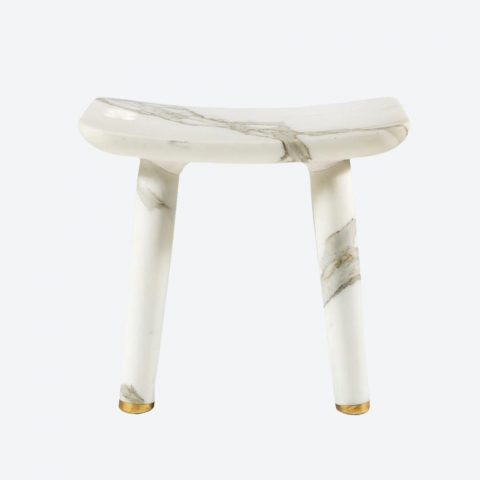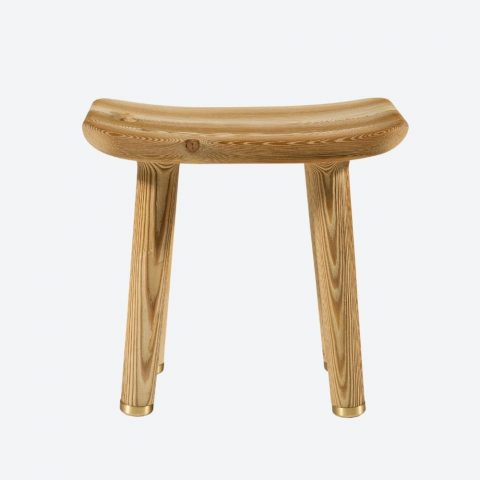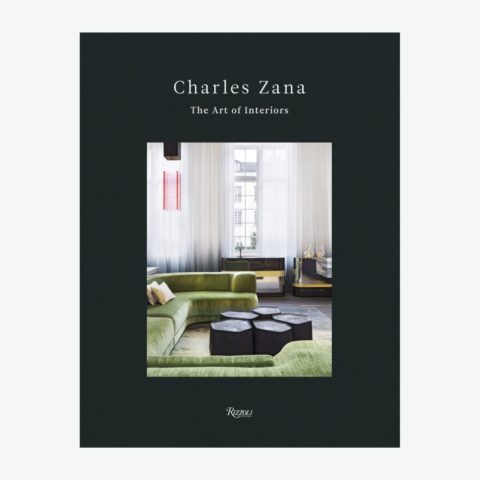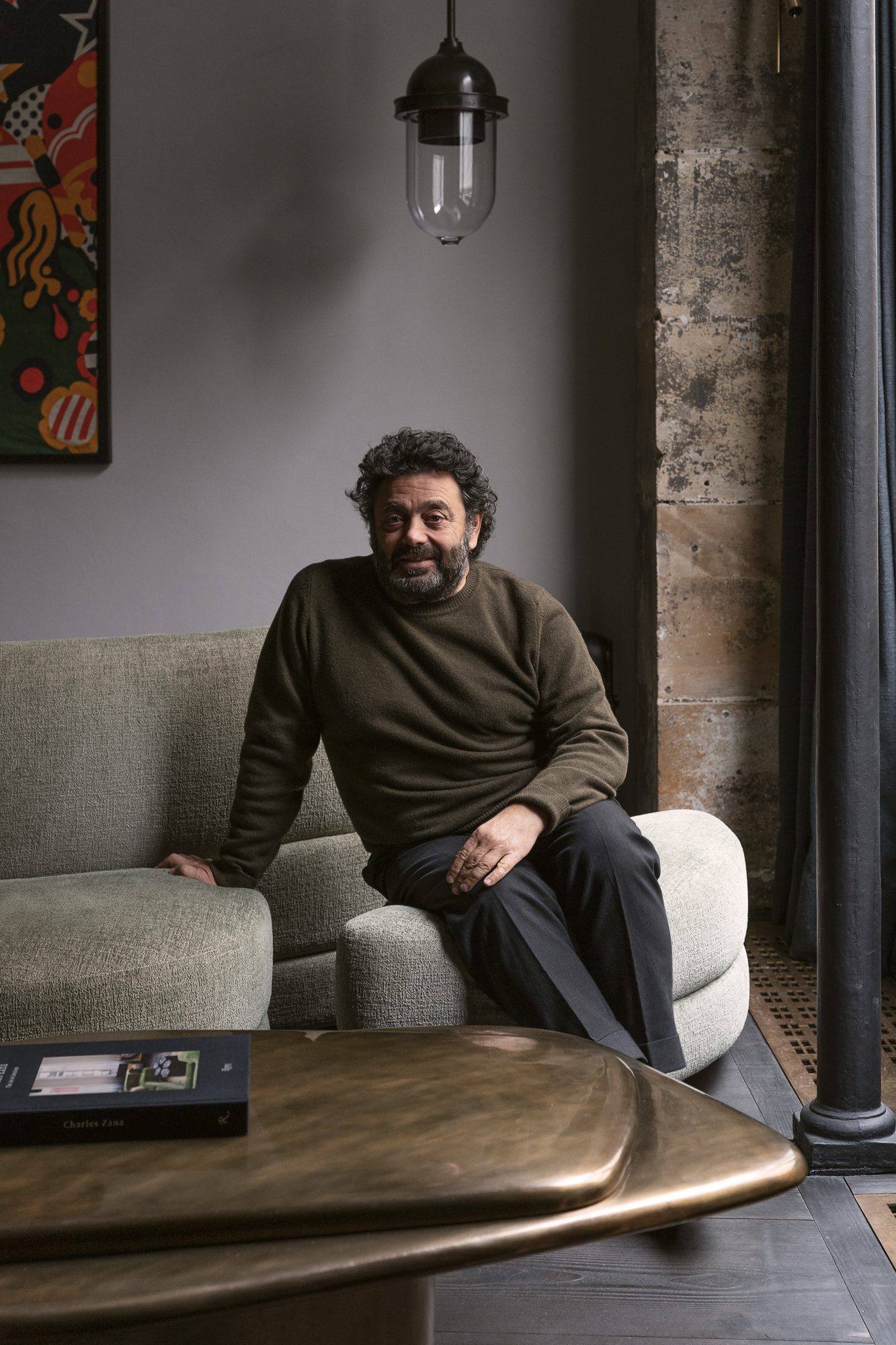
His name is well-known by aesthetes and tastemakers across the globe who call upon him to elevate and beautify their homes, from a Venetian Palazzo to a grand apartment on the Left Bank in Paris. Charles Zana – whose work is celebrated in a beautifully illustrated monograph published by Rizzoli – does not give many interviews: his projects speak for him. However, he sat down with us – on one of his iconic signature sofas – and shared some thoughts about his creative process. Read here excerpts from our conversation and watch the full interview on our YouTube Channel.
What led you to become an architect?
My parents were collectors, they collected art and design… They were particularly fond of architects’ furniture. So, from an early age, I must have been 10, I took a real interest in all the furniture from the 30s, and the Bauhaus Movement, which did inspire me a lot.
I was also very interested by art… It was like a calling, although very young and unsure of what it was, I knew I really wanted to be an architect.
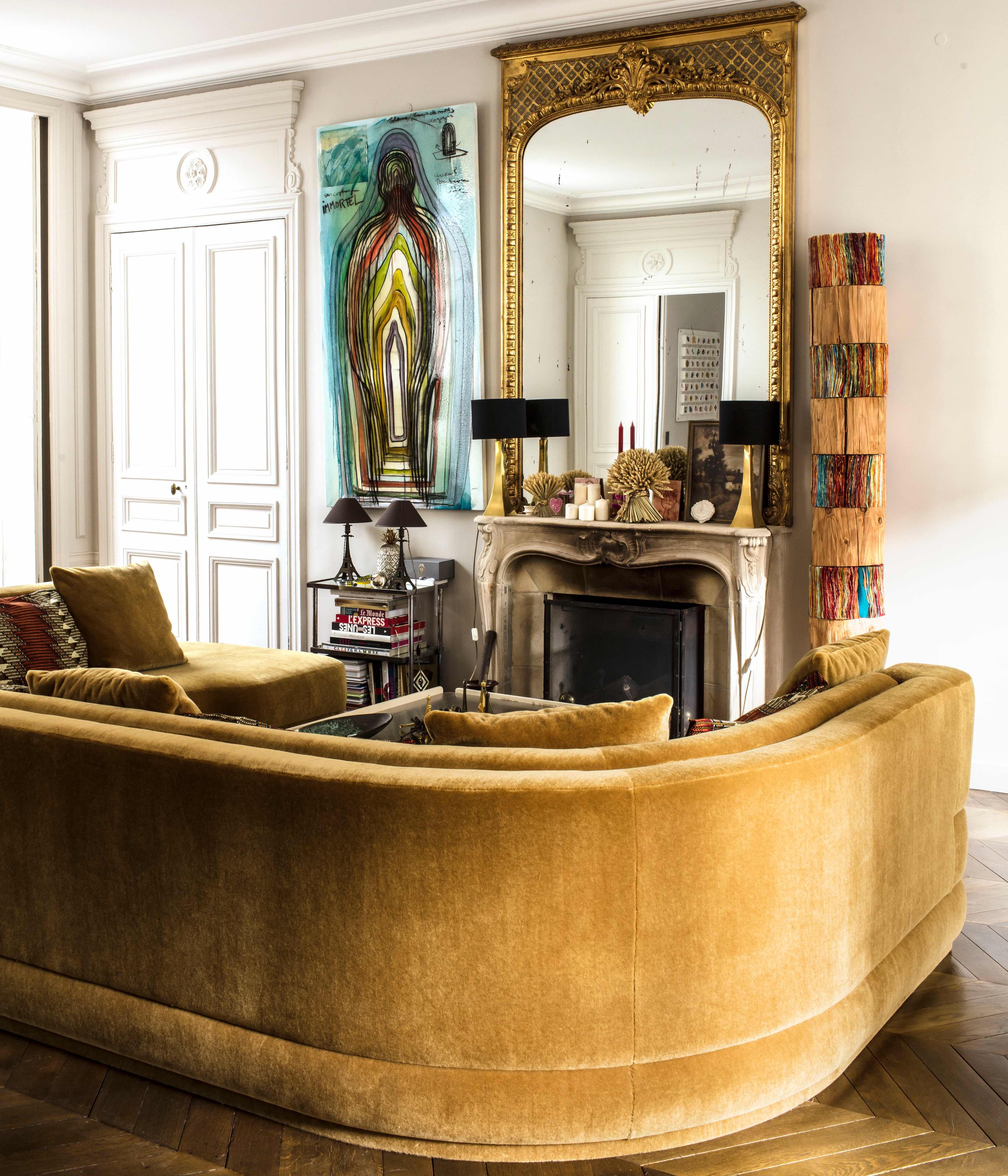
What do you like the most about being an architect?
When you are in the creative process of a project, say a house for instance, you draw at the same time, the exterior, the interior, the openings and the furniture. What I particularly enjoy now is designing spaces. Starting from a story, going from the broad picture to the smaller elements, from architecture to furniture.
Tell us more:
I really like the idea that the furniture structures the space, like small architectural elements… that furniture pieces are like dots placed in a space not necessarily aligned with orientation of the rooms, but rather to balance, counterbalance, or even to create in a way some tension in the space, in order to achieve a very coherent and very harmonious whole.
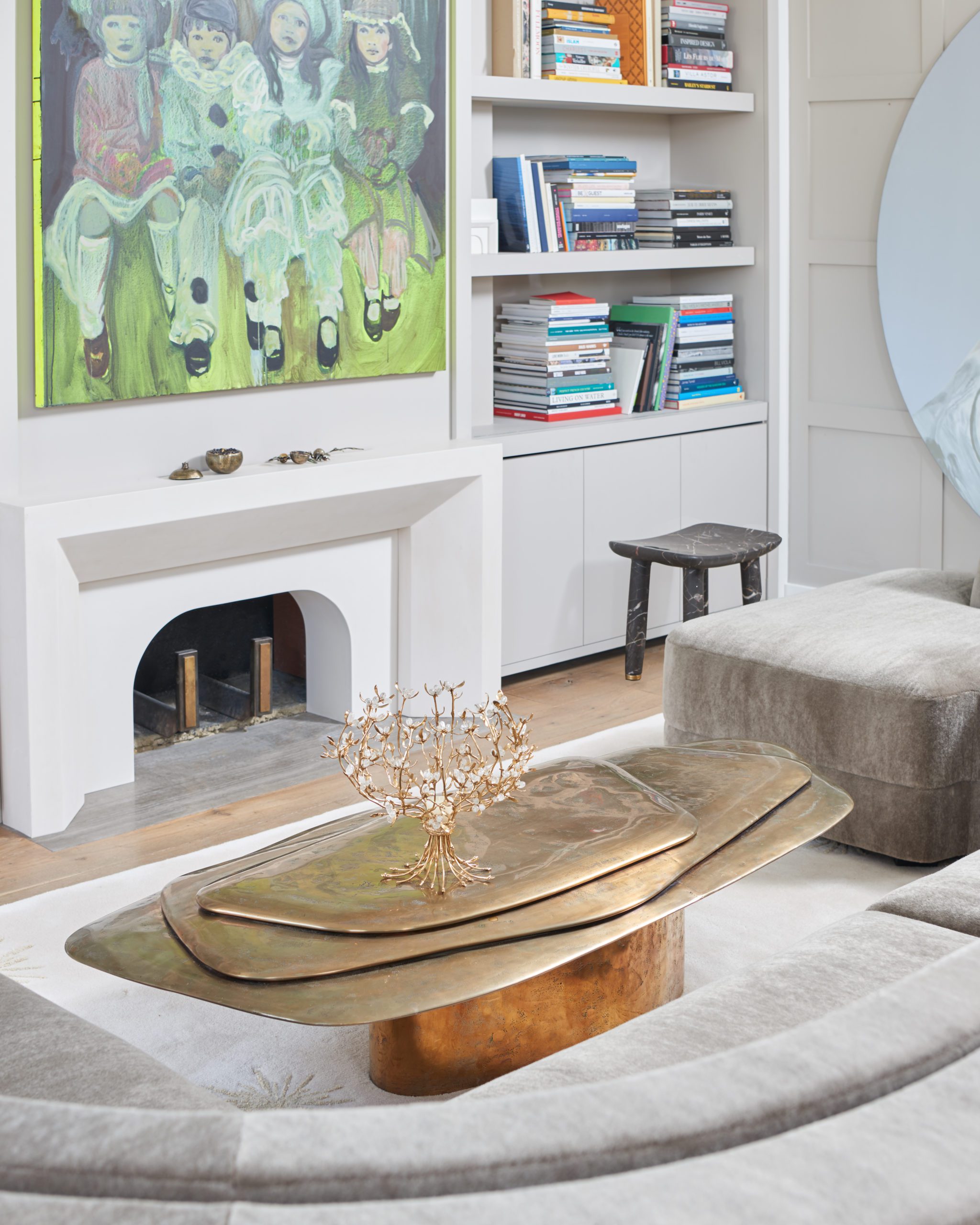
Most of your furniture pieces were designed for private projects:
Yes. When we work on a project, we design the architectural layout and the furniture.
And what about inspirations?
The look and feel of a home change based on how one lives in it. Often, I tap into the character of the place, or the family’s personality, or a story… Sometimes, I can even draw from a memory that I have at a given moment, from a piece of furniture that I loved, from an antique, an image, a painting, a movie… I like that there is a story behind the furniture that is created at the studio.
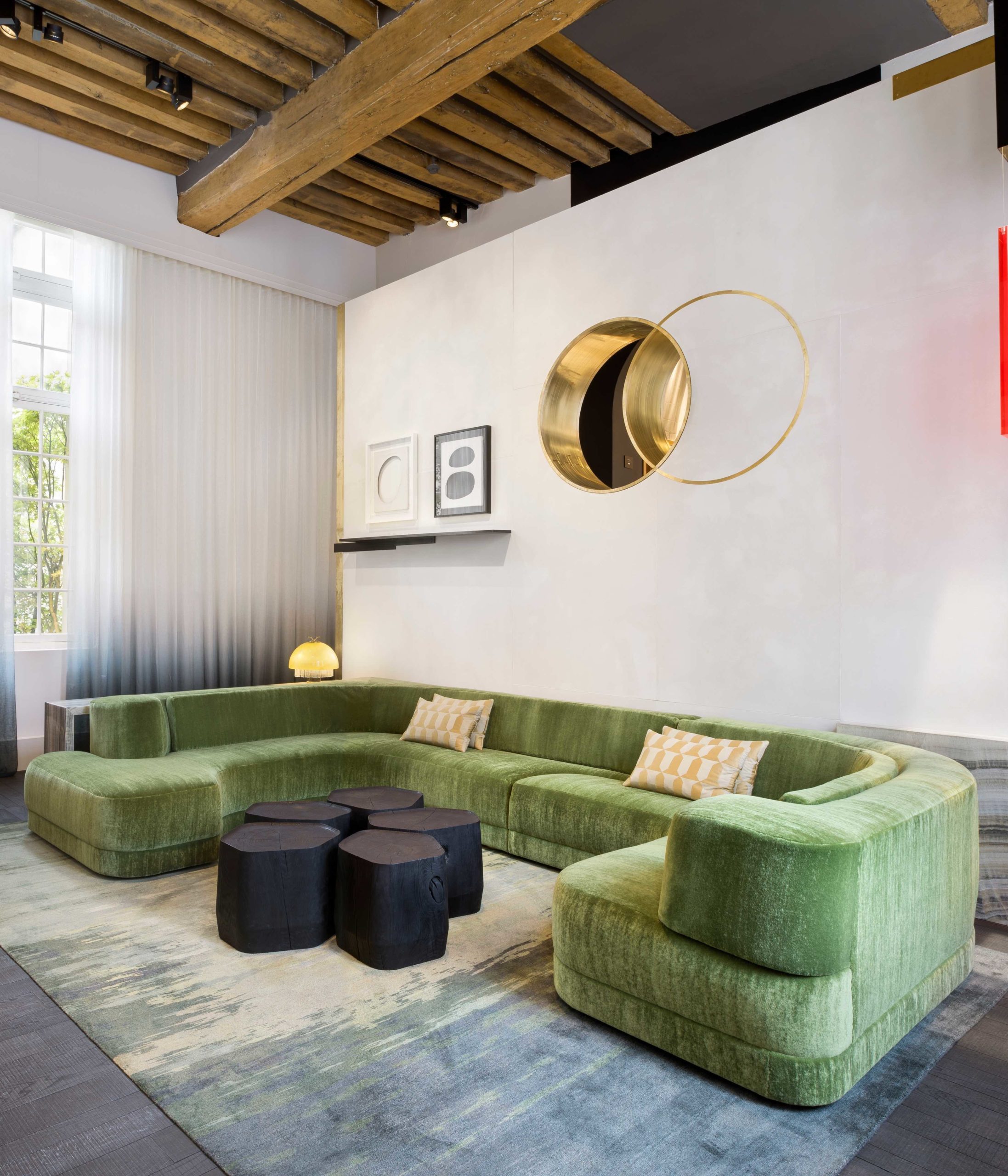
Let’s talk about your iconic sofas…
I designed a lot of them, thinking of or being inspired by women who made a special request, that’s why most of our sofas have a woman’s name. I really like this idea of generous, feminine lines for a sofa. I think that people are touched by this. The design of our sofas speaks of the search for a different attitude. I’m not after mere function, it’s really about the search for a different attitude and a different way of life. And maybe that’s why a lot of our sofas live in famous homes, (editor’s note: including Gwyneth Paltrow’s) because the sofa really is the main piece in the room, rather than having furniture that slightly fades away compared to the setting. These sofas are statements pieces.
Is it true that making the Julie Sofa was quite a challenge?
The Julie sofa is one of my favorite pieces, and one of the most difficult to produce. I designed it for a home in Saint Germain.
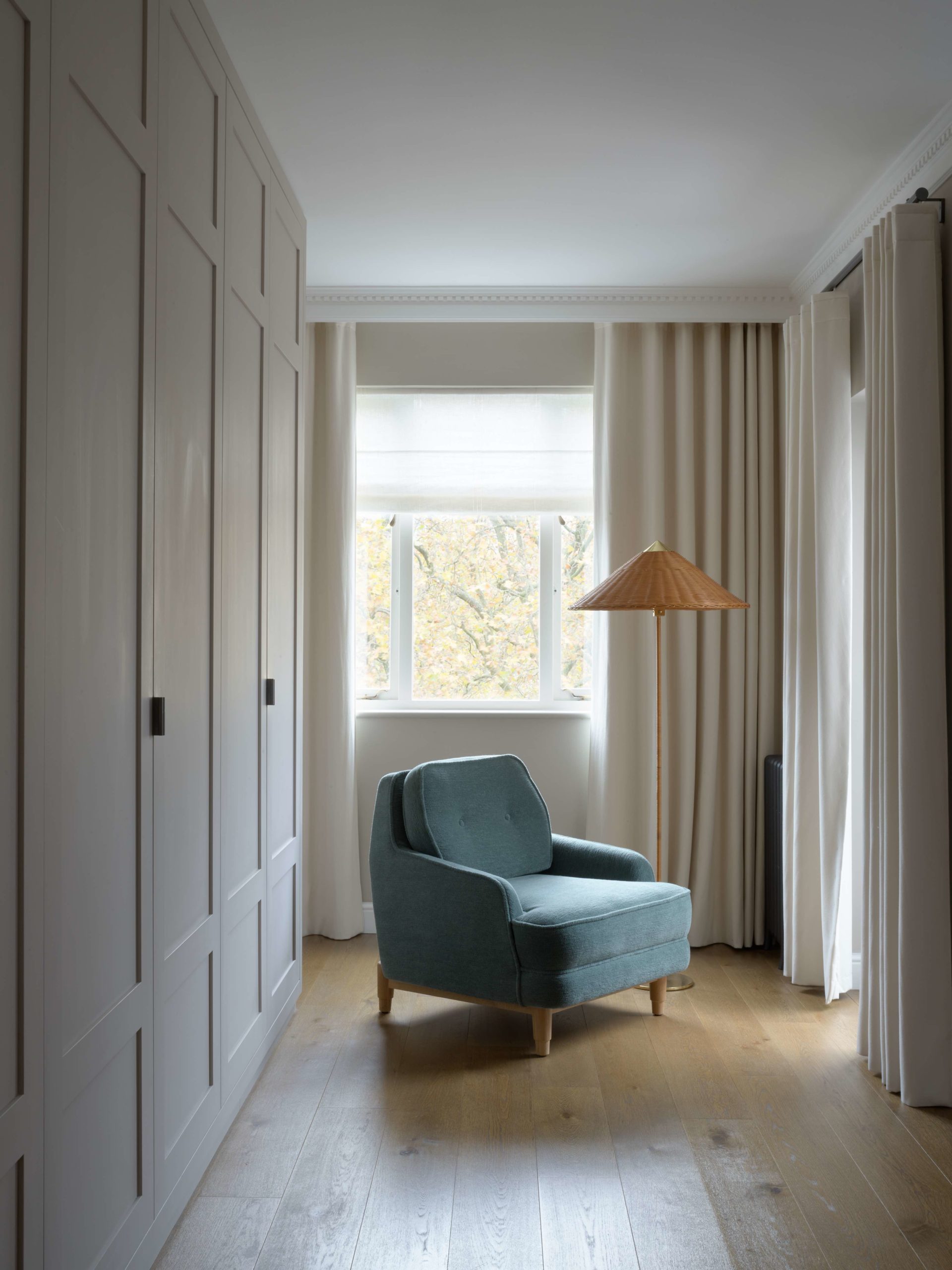
At first, we could not decide whether it should face the fireplace or the garden. Then, with one pencil stroke we drew this sofa, which finally points to both directions, and allows to talk to each other from its two sides… it’s a real multi-purpose sofa, its lines evoke all the memories of what we liked in the 60s, the designs of Paulin… But it’s also a feat of comfort, as though one feels wrapped in it …
You were one of the first star designers to join Invisible Collection:
I discovered Invisible Collection some 4 years ago. At the time, it was really the beginning. Selling luxury furniture on the Internet was quite a gamble and I was immediately taken by this project. I was interested by this very different approach to shine a light on interior designers’ furniture that at the time was meant for private projects only. The concept that really interested me was the opportunity of designing furniture pieces for our projects, but to be able, through Invisible Collection, to go out there and finally place my designs in projects, and contexts other than my own.
